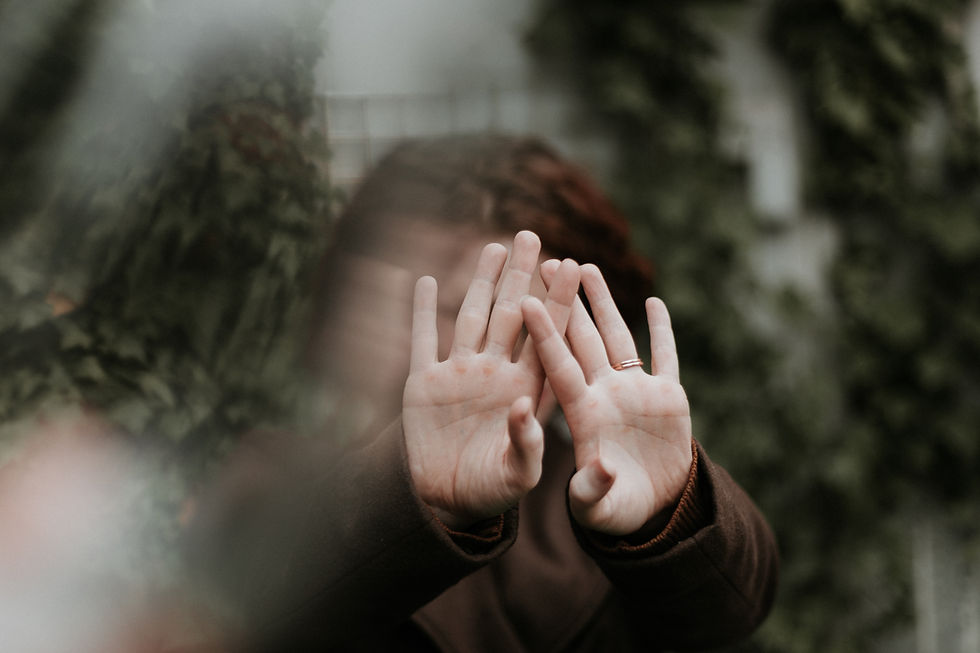Minorities overrepresented in the prison population is declining.
- Shidonna Raven

- Feb 25
- 2 min read
By Drew Kann
April 21, 2019
Source: CNN
Photo / Image Source: Unsplash,
African Americans still make up a disproportionate amount of those behind bars.
CNN
It has been a defining characteristic of the criminal justice system for years, and it’s still the case today: compared to the racial makeup of the overall US population, African-Americans continue to make up a disproportionate amount of the prison population. (Nonprofit organizations such as The Vera Institute have written extensively about this issue.)
Though African-Americans comprise only about 12% of the total US population, they represent 33 percent of the federal and state prison population. That’s compared to whites, who constitute 64% of American adults but just 30% of those behind bars, according to a Pew Research analysis of Bureau of Justice Statistics data.
But as the overall incarcerated population has slowly retreated from its peak in 2009, a change is happening in American prisons: the disparity between the number of African-Americans and whites locked up is shrinking.
Between 2009 and 2016, Pew’s analysis shows the African-American prison population fell 17%, exceeding the 10% drop in the number of whites behind bars. The Hispanic population was virtually unchanged over the same period.
There are a number of ideas about what’s behind this closing gap, from stiffer law enforcement in rural, predominately white areas, to the scourge of opioids and heroin, which have hit white communities hardest.
How can such practices impact your health? How Why?
Share the wealth of health with your friends and family by sharing this article with 3 people today.
If this article was helpful to you, donate to the Shidonna Raven Garden and Cook E-Magazine Today. Thank you in advance.







Comments